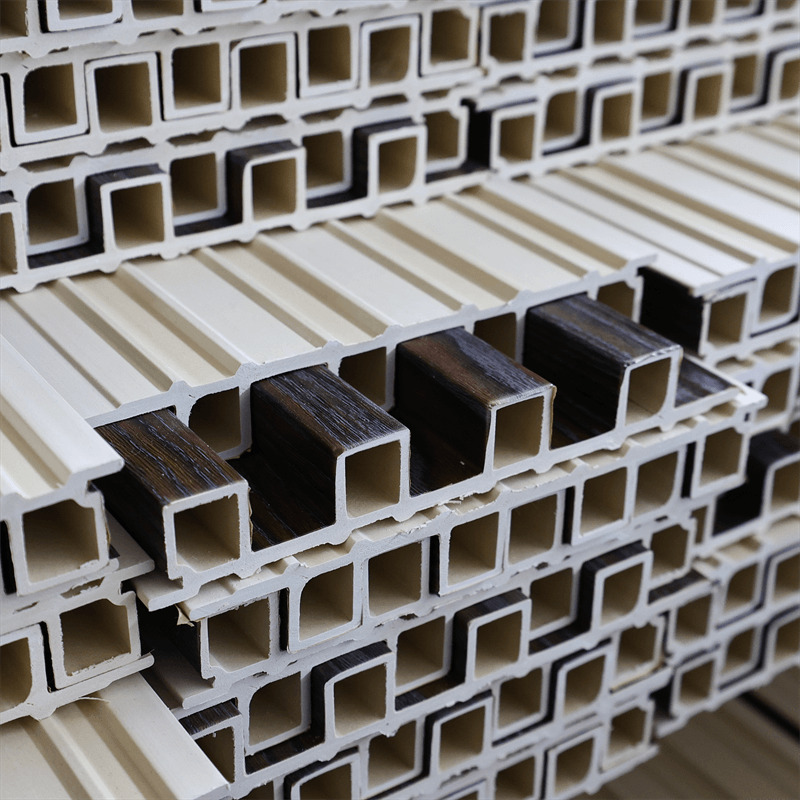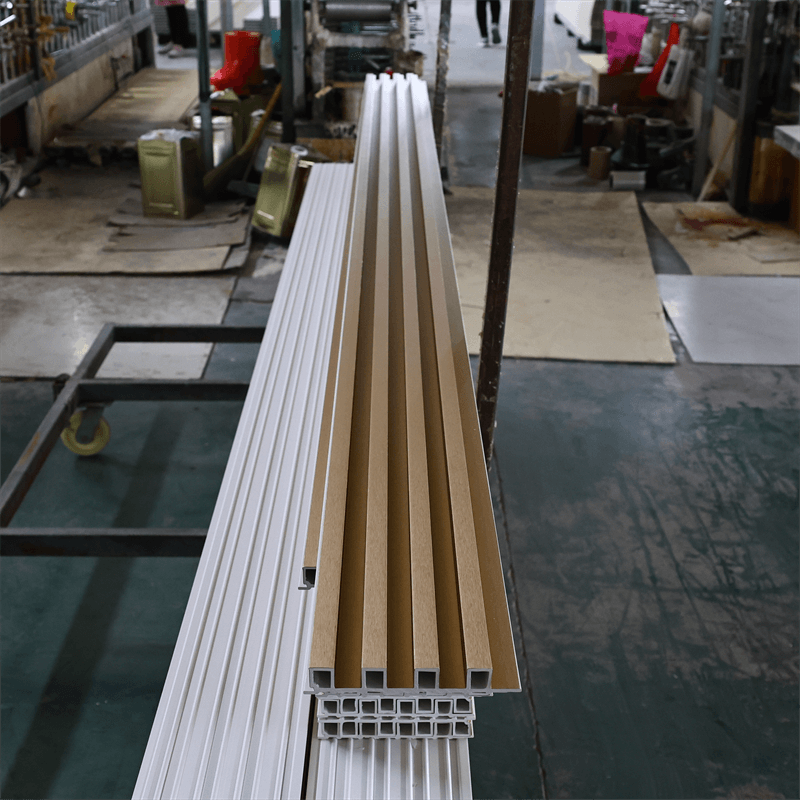Moisture control and mold prevention are crucial considerations when it comes to maintaining a healthy and safe living environment.
Excessive moisture can lead to mold growth, which not only affects the structural integrity of a building but also poses health risks to its occupants.
WPC (Wood-Plastic Composite) wall panels play a vital role in addressing these concerns by providing effective moisture control and mold prevention solutions.
This essay explores the role of WPC wall panels in moisture control, their ability to resist mold growth, the importance of proper installation techniques, and maintenance practices to ensure long-term effectiveness.

I. Moisture Control:
WPC wall panels are designed to effectively control moisture, making them an excellent choice for areas prone to high humidity or moisture levels.
Unlike traditional materials like wood or drywall, WPC panels are engineered to be highly resistant to moisture absorption.
The combination of wood fibers and thermoplastics creates a barrier that prevents moisture from penetrating the panels, thereby reducing the risk of moisture-related issues such as swelling, warping, or rot.
Moreover, the inherent moisture resistance of WPC panels helps to regulate indoor humidity levels.
By minimizing moisture infiltration, WPC panels contribute to maintaining a balanced moisture environment, preventing excessive humidity that can lead to condensation and subsequent mold growth.
II. Mold Prevention:
One of the significant advantages of WPC wall panels is their ability to resist mold growth.
Mold thrives in moist environments, and traditional materials like wood or drywall are susceptible to mold infestations.
WPC panels, on the other hand, are inherently mold-resistant due to their moisture-resistant properties.
The non-porous surface of WPC panels prevents the accumulation of moisture, reducing the conditions necessary for mold growth.
Additionally, the absence of organic matter within the WPC composition makes it less attractive to mold spores.
This means that even in areas with high humidity or moisture, WPC wall panels provide a mold-resistant surface that helps maintain a healthy indoor environment.
III. Importance of Proper Installation Techniques:
To ensure optimal moisture control and mold prevention, proper installation techniques are crucial when using WPC wall panels.
Improper installation can compromise the effectiveness of the panels and lead to potential issues such as water infiltration or mold growth.
First and foremost, it is essential to prepare the wall surface properly before installing WPC panels. The wall should be clean, dry, and free from any existing mold or mildew.
Any areas with water damage or signs of moisture intrusion should be addressed and repaired before installation.
Secondly, it is crucial to ensure a proper seal around the edges and joints of the panels. This prevents water or moisture from seeping behind the panels and causing damage.
Proper sealing techniques, such as using appropriate adhesives or sealants, should be employed to create a watertight barrier.
Lastly, proper ventilation is essential in areas where moisture buildup is common, such as bathrooms or kitchens.
Adequate airflow helps to reduce humidity levels and prevent condensation, further contributing to mold prevention.
IV. Maintenance Practices for Long-Term Effectiveness:
While WPC wall panels are highly resistant to moisture and mold, regular maintenance practices are still necessary to ensure their long-term effectiveness.
Simple maintenance tasks can help preserve the integrity of the panels and prolong their lifespan.
Regular cleaning is important to remove any dirt, dust, or organic matter that may accumulate on the panel’s surface.
This can be done using a mild detergent and water solution, followed by rinsing with clean water.
In areas prone to high humidity or moisture, it is advisable to periodically inspect the panels for any signs of damage, such as cracks or gaps.
Promptly addressing any issues will help maintain the moisture resistance of the panels and prevent potential moisture intrusion.
Additionally, maintaining proper indoor humidity levels through the use of dehumidifiers or ventilation systems can further enhance the effectiveness of WPC wall panels in controlling moisture and preventing mold growth.

WPC wall panels play a vital role in moisture control and mold prevention, offering an effective solution for maintaining a healthy and safe living environment.
Their inherent moisture resistance properties, coupled with their ability to resist mold growth, make them an excellent choice for areas prone to high humidity or moisture levels.
By implementing proper installation techniques and regular maintenance practices, homeowners can maximize the effectiveness and longevity of WPC wall panels in controlling moisture and preventing mold infestations. Incorporating WPC wall panels in construction or renovation projects is a proactive step towards ensuring a healthier and more comfortable living space.

